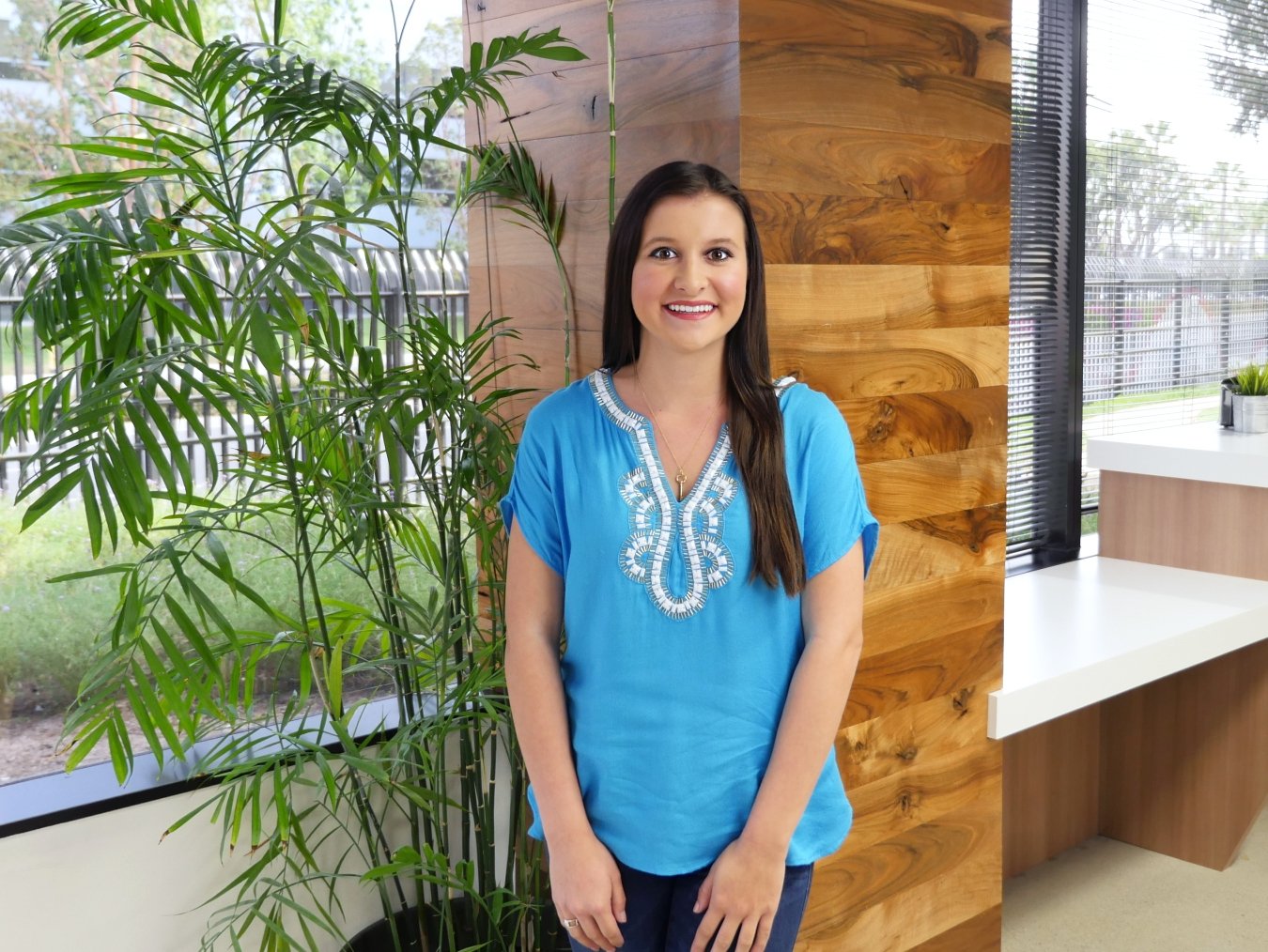Blogs can be crucial content streams for all kinds of businesses, from online retailers to banks to software developers. Blogs help you educate and inform your customers, build brand loyalty and engagement, and boost your keyword rankings in the search engines. However, many businesses ask us what the best CMS platform is for their needs. Whether you’re building a new blog from scratch or migrating between platforms, Wpromote has a checklist of recommended features we believe every client should have access to through their chosen CMS.
- Subdirectory Structure: The ideal CMS platform will enable to use a subdirectory, usually located at /blog, rather than forcing your blog onto a separate domain. A subdirectory is always preferable to a subdomain.
- Responsive: With US internet users projected to spend roughly two and a half hours every day on their smartphones (eMarketer), making sure your content is mobile-responsive is more important than ever.
- Crawlable: Having crawlable text will ensure your content is indexed properly by the search engines and will turn up in users’ searches.
- Sitemap Integration: Dynamic sitemap integration tools will be key in enabling you to automatically generate a sitemap that can be accessed and crawled by search engines.
- Images: Ideally, image reformatting should be as minimal as possible.
- Pagination: The use of pagination (rel next and rel prev tags) helps ensure that a category page or blog category page is assessed in terms of i’s total equity and value, rather than splitting out the value across multiple pages.
- Breadcrumbs: A breadcrumb is the trail at the top of the page/in the URL that shows a user’s path, from the homepage all the way through to a product page. A great CMS will help you create understandable, clear breadcrumbs.
- Index/No Index: Indexing/no indexing defines a meta robot’s capabilities per individual page. Essentially, index/no index enables you to tell search engines whether or not to index a page.
- Top Navigation: Your CMS should include an easy-to-use top navigation for easy blog categorization.
- Canonicals: Canonicals indicate that search engines should defer equity to a specific page, avoiding duplicate content issues. The ability to update canonicals on a per-page basis is a must-have.
- Categories: If you are migrating to a new CMS platform, it’s critical to have an option to retain similar categories and design if so desired. While site and category changes may happen with a migration or site redesign, it’s ideal to maintain components that are benefitting SEO or have a positive impact on conversions.
- Tags: Being able to clearly tag and label your content is another way to enable users to easily browse through your content and find the articles and information they’re looking for.
- Design: You’ll want your CMS platform to have flexible template options, so that you can build your blog quickly, simply, and in keeping with your existing design and branding.
- AMP: With search engines using page speed as an important ranking factor, AMP, or accelerated mobile pages, are becoming ever more useful to ensure your page ranks highly. Make sure the templates available in your CMS have AMP capabilities.
- Metadata: Your CMS should enable you to port over all of your existing metadata.
- Social Sharing: Many internet users these days use social media to research brands before making a purchase, and will often rely on product and service recommendations from their friends on social media. For this reason, you’ll absolutely want to have a social share functionality in your CMS that can be implemented on each individual blog post.
- Search: As with tagging, top navigation, and other ease-of-use features, a well-integrated search bar is a must-have to help users easily navigate around your blog.
Do you have a few boxes on this list that are going unchecked? Want some expert guidance on how to set up and maintain a blog? Reach out to Wpromote’s expert SEO and content managers today!







Responses